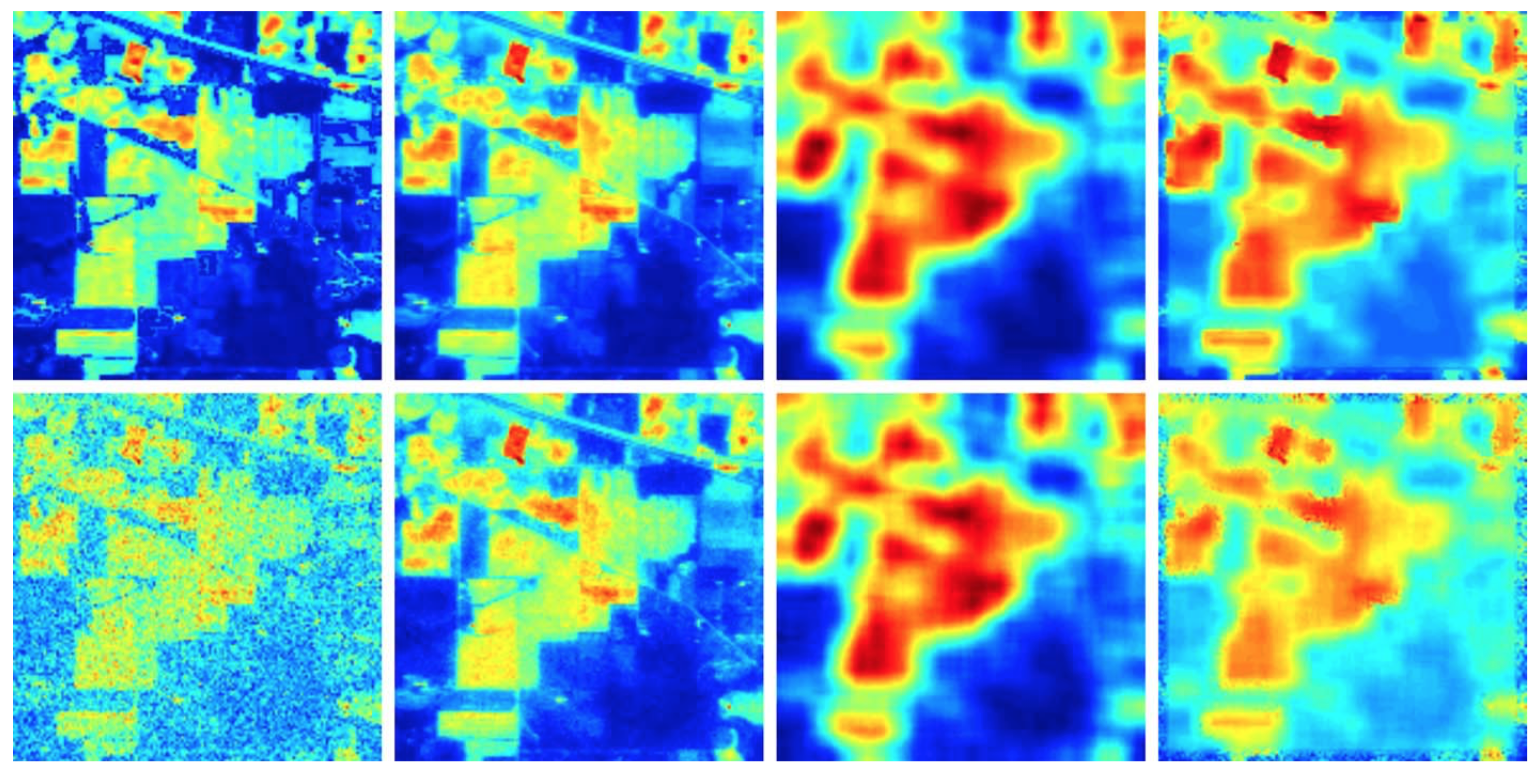Spectral-Spatial Preprocessing Using Multihypothesis Prediction for Noise-Robust Hyperspectral Image Classification
C. Chen, W. Li, E. W. Tramel, M. Cui, S. Prasad, & J. E. Fowler

Astract
Spectral-spatial preprocessing using multihypothesis prediction is proposed for improving accuracy of hyperspectral image classification. Specifically, multiple spatially collocated pixel vectors are used as a hypothesis set from which a prediction for each pixel vector of interest is generated. Additionally, a spectral-band-partitioning strategy based on inter-band correlation coefficients is proposed to improve the representational power of the hypothesis set. To calculate an optimal linear combination of the hypothesis predictions, a distance-weighted Tikhonov regularization to an ill-posed least-squares optimization is used. The resulting predictions effectively integrate spectral and spatial information and thus are used during classification in lieu of the original pixel vectors. This processed hyperspectral image dataset has less intraclass variability and more spatial regularity as compared to the original dataset. Classification results for two hyperspectral image datasets demonstrate that the proposed method can enhance the classification accuracy of both maximum-likelihood and support vector classifiers, especially under small sample size constraints and noise corruption.
BibTeX
article{clt2014b,
Author = {Chen Chen and Wei Li and Eric W. Tramel and Minshan Cui and Saurabh Prasad and James E. Fowler},
Journal = {IEEE Journal of Selected Topics in Applied Earth Observations and Remote Sensing},
Number = {99},
Title = {Spectral-Spatial Preprocessing Using Multihypothesis Prediction for Noise-Robust Hyperspectral Image Classification},
Volume = {PP},
Year = {2014}}
Related Posts
- CUDA Perceptron in 2008
- Generating Zero-Shot Hard-Case Hallucinations: A Synthetic and Open Data Approach
- Systems and methods for administrating a federated learning network
- Increasing acceptance of AI‐generated digital twins through clinical trial applications
- Digital twin generators for disease modeling